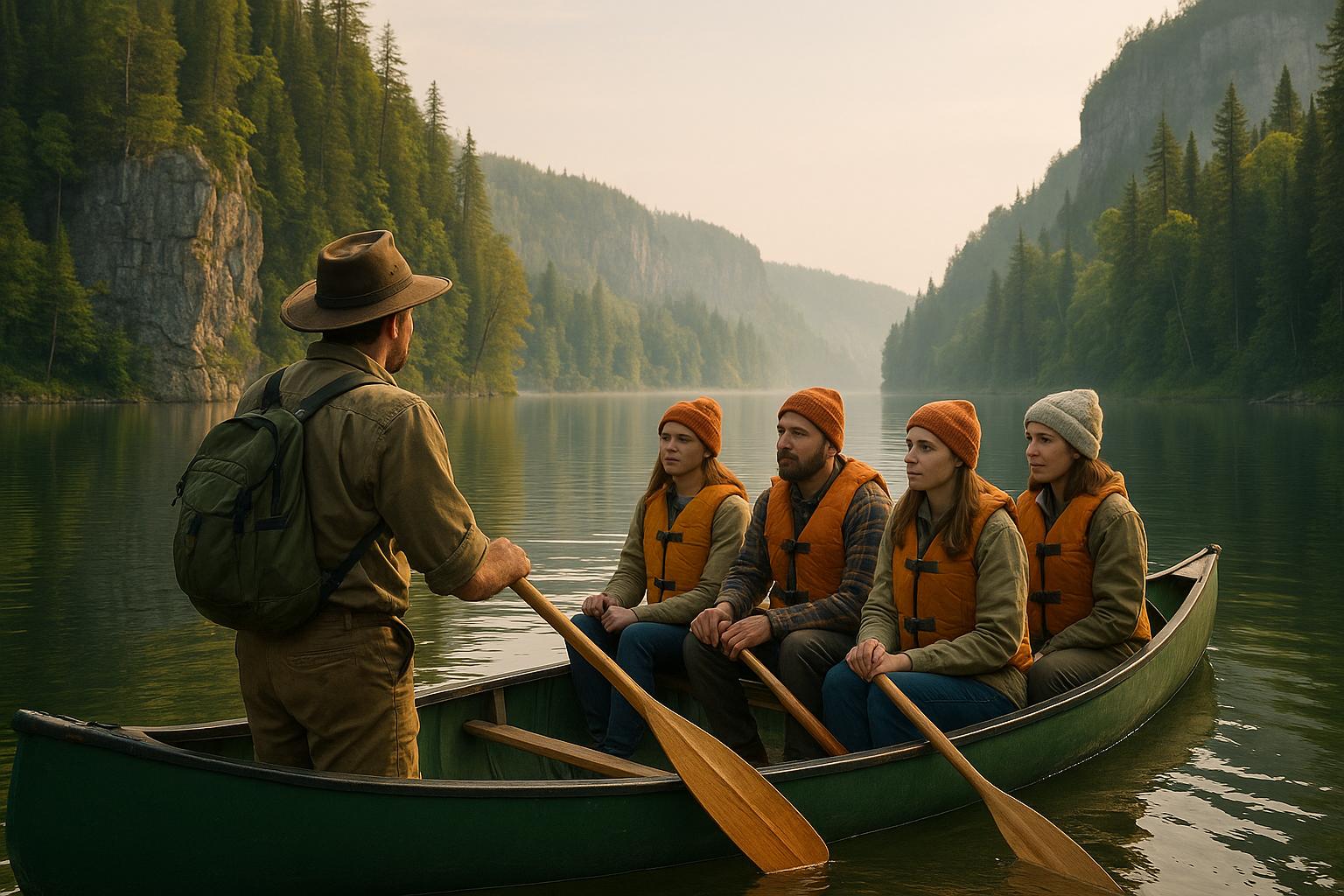Introduction to Guided Tours
Guided tours to secluded lake areas offer a structured and informative way to explore natural environments that might otherwise be difficult to access or navigate. These tours are often led by experienced guides who provide valuable insights into the local ecology, history, and geography of the area. For those seeking a deeper understanding of these tranquil environments, such tours present an excellent option.
Understanding Secluded Lake Areas
Secluded lake areas are typically located in remote or less-visited regions. They provide a unique opportunity to experience natural beauty away from the bustle of more popular tourist destinations. These lakes might be situated in national parks, forest reserves, or private lands that require special access or permits.
Ecological Significance
Lakes play a critical role in the local ecosystem. They act as habitats for various species of flora and fauna. Understanding the biodiversity of a secluded lake area can enhance appreciation and awareness of environmental conservation efforts.
Flora and Fauna
The vegetation surrounding secluded lakes can vary greatly, from lush trees and shrubs to unique aquatic plants. Animal life may include fish, amphibians, birds, and sometimes larger mammals, depending on the region. Each species contributes to the ecological balance, making the area a living classroom for nature enthusiasts.
Benefits of a Guided Tour
Participating in a guided tour offers several advantages. The presence of knowledgeable guides ensures that participants gain a deeper understanding of the region’s unique aspects. Interacting with a guide can transform a simple visit into a comprehensive learning experience, as guides provide context and explanations tailored to each visitor’s interests.
Adding to the benefits, the safety aspect of guided tours cannot be overstated. Guides are equipped to handle emergencies and navigate challenging terrains, ensuring visitors can enjoy their exploration without undue concern. This is particularly valuable in remote areas where help might not be readily available.
Additionally, guided tours contribute to resource management. By organizing group sizes and paths appropriately, they help minimize human impact on the environment. Promoting sustainable tourism is a priority, and guides often enforce best practices to protect these fragile ecosystems.
Cultural insights are also an integral part of the experience. Guides often weave local cultural narratives into their ecological explanations, offering a blend of historical and indigenous perspectives. This enriches the tour, offering a well-rounded view of the area’s significance beyond its natural beauty.
Planning a Guided Tour
Proper planning is crucial when embarking on a guided tour. Ensuring availability by booking in advance and adequately preparing for the experience enhances the overall journey. Conducting research about the region helps visitors understand what to expect concerning weather, topography, and wildlife. It is important to consider the difficulty level of the tour and assess whether it aligns with one’s physical capabilities.
Choosing suitable gear is another essential aspect of planning. Appropriate clothing for various weather conditions and durable footwear can make a significant difference. In some instances, special permits or specific types of gear might be required, making it important for participants to verify these requirements before embarking on the tour.
Online Resources
Many companies offer guided tours to secluded lake areas, and finding and booking these tours online has never been easier. Websites like Example Tour Company provide detailed information about tour schedules, prices, and what to expect. Utilizing these resources not only aids in planning but also ensures that participants choose reputable and experienced tour operators.
Online platforms often feature customer reviews and ratings, which can be instrumental in selecting a tour company that meets individual preferences and standards. They also frequently include detailed itineraries, highlighting key points of interest and specific activities involved, allowing potential participants to tailor their choices based on personal interests.
Conclusion
Guided tours to secluded lake areas represent a perfect blend of education, adventure, and relaxation. They allow individuals to explore these peaceful environments with the added benefit of expert guidance. By choosing a guided tour, visitors contribute to responsible tourism, helping preserve these beautiful areas for future generations.
The structured experience of guided tours provides participants with valuable insights into the ecological and cultural significance of secluded lake areas. As such, they offer learning opportunities that go far beyond what a self-guided tour can achieve. Emphasizing safety, cultural enrichment, and sustainable practices, guided tours are an ideal choice for nature enthusiasts seeking an enriching and responsible travel experience.
The decision to explore such unique landscapes with the assistance of experienced guides not only enhances individual experiences but also contributes to a collective effort towards conservation and sustainability. As more people opt for guided tours, the hope is that awareness and appreciation of these stunning, secluded areas will continue to grow.
